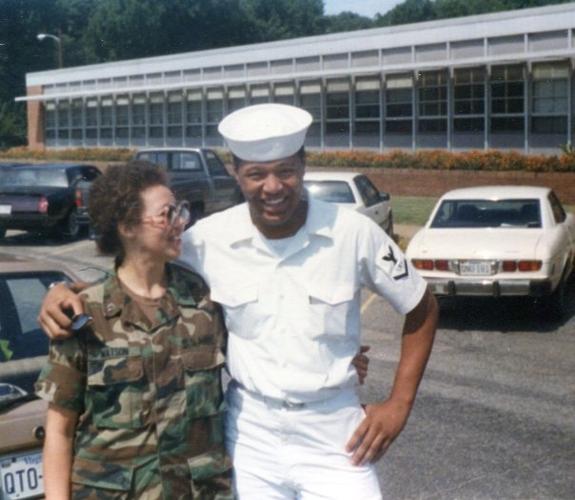

Prior to this, most seamen wore "slops", or ready-made clothing sold to the ship's crew by a contractor many captains established general standards of appearance for the seamen on their vessel, but there was little or no uniformity between ships. Uniform for ratings was first established by the Admiralty in 1857. The distinctive white collar patch of the Midshipman first appeared about 1758. Caps were to have white tops all year around, and blue caps were abolished in 1956. During World War II, a blue working dress on the lines of battledress was approved. įor service in tropical climates, a white tunic and trousers were introduced in 1877.

Throughout the nineteenth century, there was great variation in uniform officers paid for their own uniform, and often adapted it to fit civilian fashion of the time, as the Admiralty regulations governing uniform were not highly prescriptive. in the West Indies and China) until 1939. In 1825, the white breeches were replaced by trousers for officers serving in the United Kingdom, although the practice of wearing white trousers with naval uniforms continued for officers serving overseas (e.g. Though stripes of lace on the cuffs had been used to distinguish the different ranks of admiral since 1795, the first version of current rank insignia, consisting of stripes with a "curl" in the top one, was introduced for all officers in 1856. The white facings came and went over the years, briefly becoming scarlet (1830-1843).

By 1795, as a result of the French Revolutionary Wars, a plain blue "undress" coat had been introduced for everyday use, and epaulettes were officially introduced. In 1767 the best uniform was abolished and replaced by the working rig, with a simpler "undress" uniform for day-to-day use. Reportedly, the officers themselves advocated its adoption, as they "wished to be recognised as being in the service of the Crown." The "best uniform", consisting of an embroidered blue coat with white facings, worn unbuttoned with white breeches and stockings, was worn for ceremonial occasions the "working rig" was a simpler, less embroidered uniform for day-to-day use. Uniform regulations for officers were first issued by Lord Anson in 1748, and remained unchanged for nearly twenty years. Main article: Royal Navy uniforms of the 18th and 19th centuries Officers


 0 kommentar(er)
0 kommentar(er)
